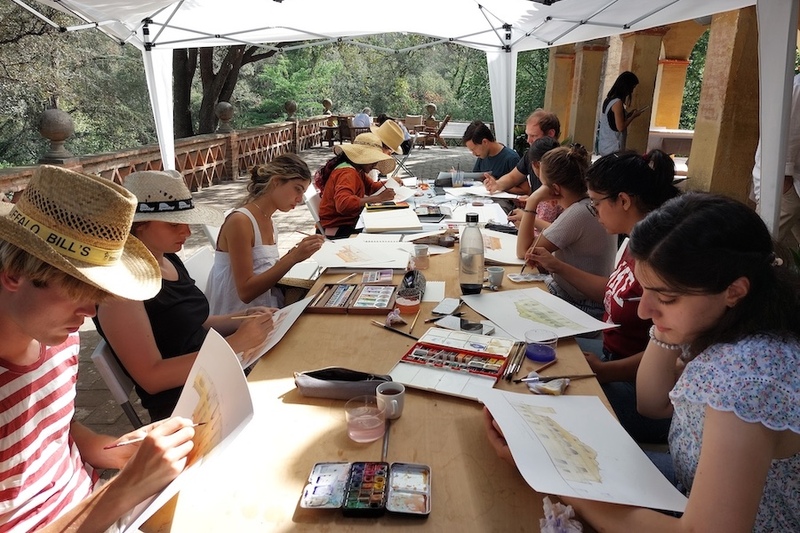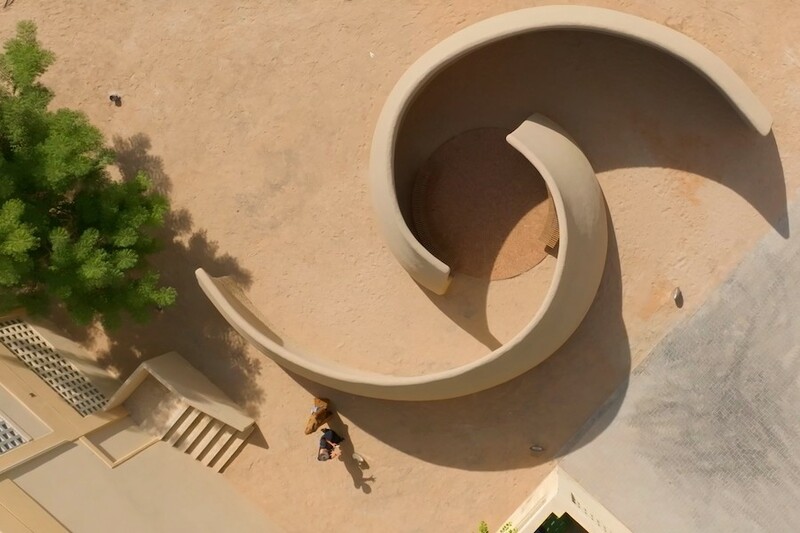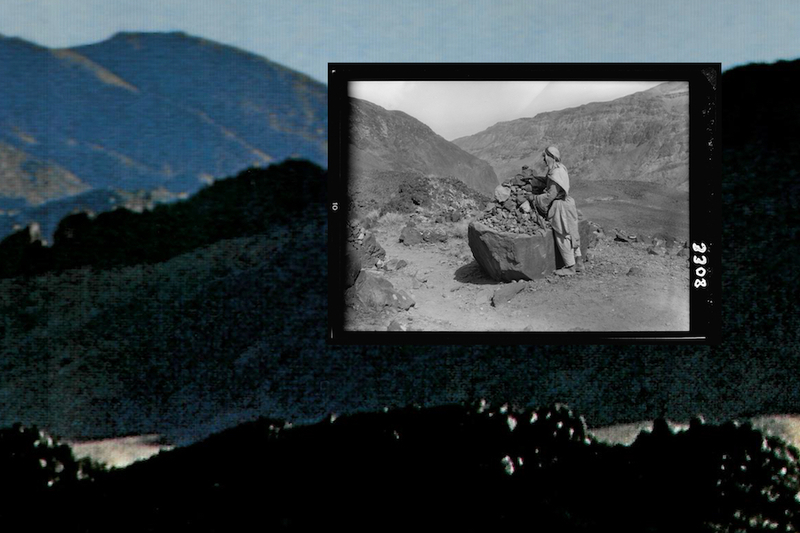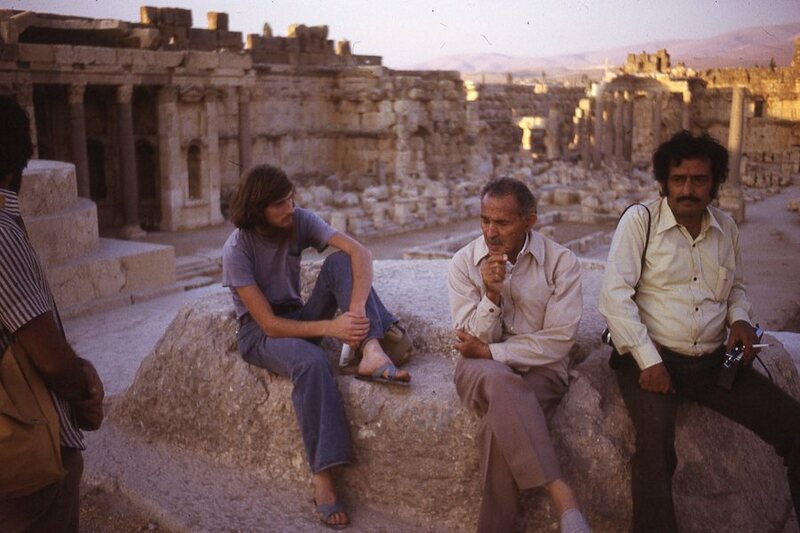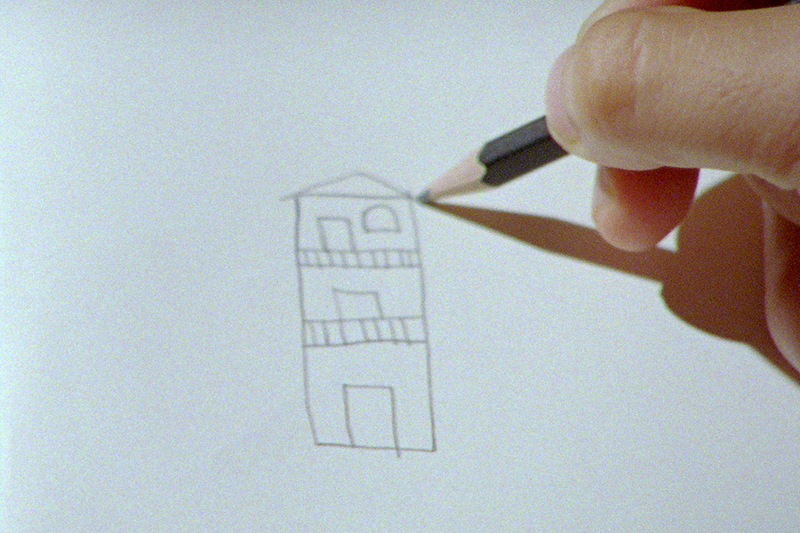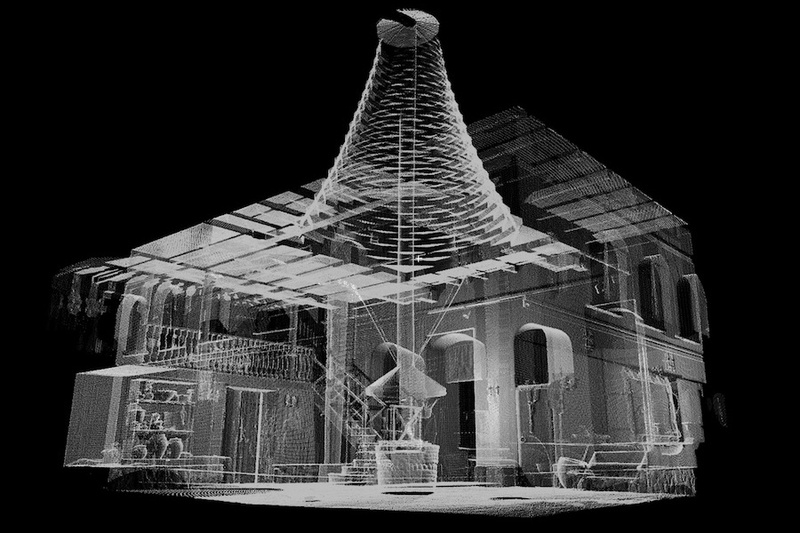As a part of our research for the Architectural Issue, the team at EastEast examined the properties and specificity of stone use in traditional architecture. It was soon clear that the multiple dimensions of stone use appeared to be much broader than just architectural construction and decoration. This magnificent material also serves, both historically and currently, as an instrument for spiritual, healing, religious, and mystical practices. One of the examples of such use is a variety of percussion music instruments that utilize stones, rocks, boulders, and slabs that are either assembled or used “as-is” in their natural habitats, for producing deep, gentle, terrestrial harmonies and melodies. The Geography of stone instruments is broad, ranging from the rock gong of Mfangano Island, in Lake Victoria, Kenya, to Vietnamese lithophones dating back to ancient times, known as đàn đá.
As a sonic prelude for the upcoming editorial essay on stones, EE shares a short clip about A Huynh, a Vietnamese music enthusiast who is maintaining the tradition of assembling and performing with lithophones. The video contains some useful tips on building your own lithophone.
We have also compiled a short list of lithophone resources in audio and video formats for you further listening:
2. Lithophones of Gobustan, Azerbaijan
3. Bukangawa Rock Gong, Uganda
4. The Icelandic group Sigur Ros performing on a Lithophone
5. Sardinian artist Pinuccio Sciola's Sounding Stones
Cover image: Lithophone from the Azwa Maryam church. Lake Tana, Ethiopia. Bluesy Pete / Wikimedia Commons
